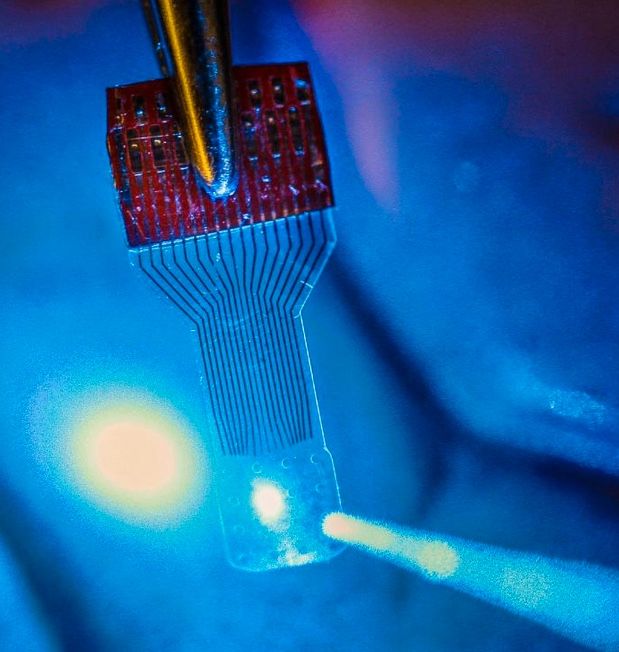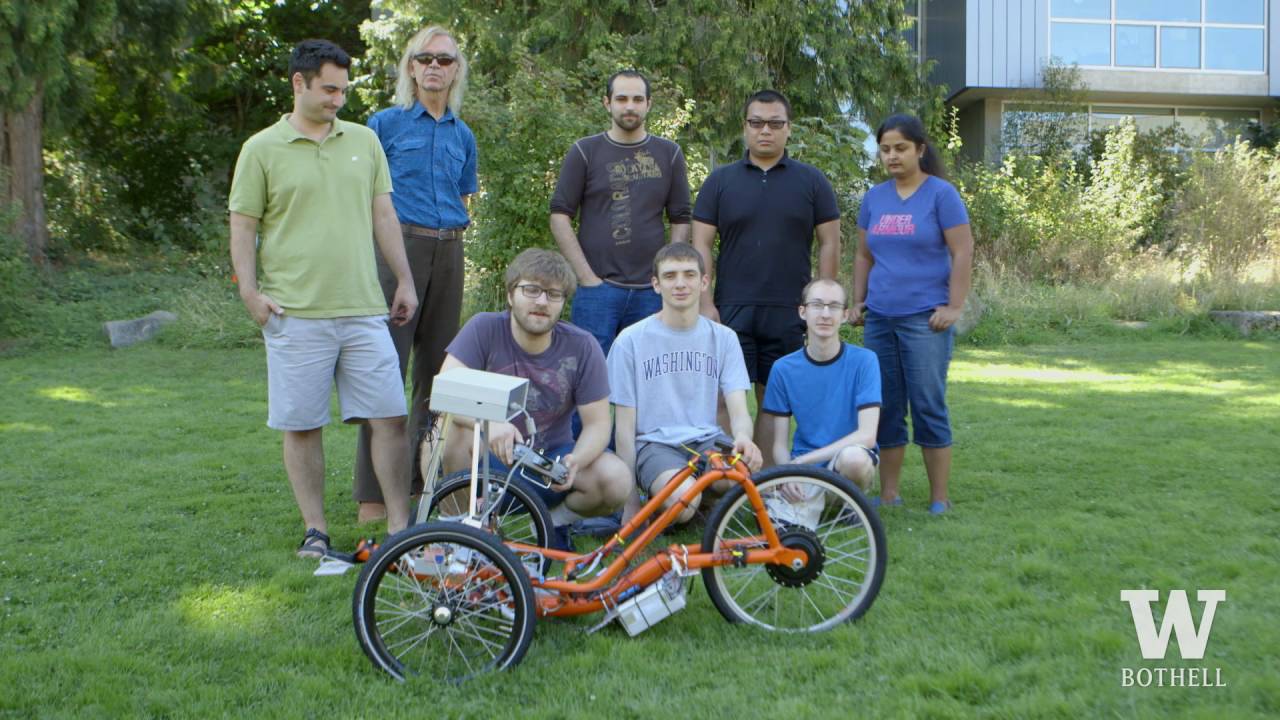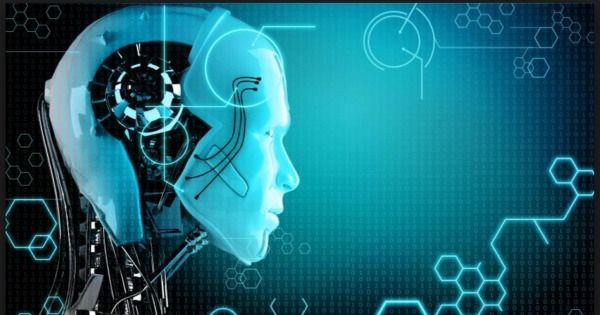Page 10769
Oct 17, 2016
The High-end VR Room of the Future Looks Like This — By Sarah Downey | UploadVR
Posted by Odette Bohr Dienel in category: virtual reality
“Let’s start from the ground up. Forget the room scale debate: the VR setup of the future moves with you.”
Oct 17, 2016
How quantum effects could improve artificial intelligence
Posted by Andreas Matt in categories: computing, encryption, quantum physics, robotics/AI, sustainability
(Phys.org)—Over the past few decades, quantum effects have greatly improved many areas of information science, including computing, cryptography, and secure communication. More recently, research has suggested that quantum effects could offer similar advantages for the emerging field of quantum machine learning (a subfield of artificial intelligence), leading to more intelligent machines that learn quickly and efficiently by interacting with their environments.
In a new study published in Physical Review Letters, Vedran Dunjko and coauthors have added to this research, showing that quantum effects can likely offer significant benefits to machine learning.
“The progress in machine learning critically relies on processing power,” Dunjko, a physicist at the University of Innsbruck in Austria, told Phys.org. “Moreover, the type of underlying information processing that many aspects of machine learning rely upon is particularly amenable to quantum enhancements. As quantum technologies emerge, quantum machine learning will play an instrumental role in our society—including deepening our understanding of climate change, assisting in the development of new medicine and therapies, and also in settings relying on learning through interaction, which is vital in automated cars and smart factories.”
Continue reading “How quantum effects could improve artificial intelligence” »
Oct 17, 2016
Engineers reveal fabrication process for revolutionary transparent graphene neural sensors
Posted by Roman Mednitzer in categories: bioengineering, biotech/medical, genetics, neuroscience

In an open-access paper published Thursday (Oct. 13, 2016) in the journal Nature Protocols, University of Wisconsin–Madison engineers have published details of how to fabricate and use neural microelectrocorticography (μECoG) arrays made with transparent graphene in applications in electrophysiology, fluorescent microscopy, optical coherence tomography, and optogenetics.
Graphene is one of the most promising candidates for transparent neural electrodes, because the material has a UV to IR transparency of more than 90%, in addition to its high electrical and thermal conductivity, flexibility, and biocompatibility, the researchers note in the paper. That allows for simultaneous high-resolution imaging and optogenetic control.
Oct 17, 2016
The 4 big ethical questions of the Fourth Industrial Revolution
Posted by Shane Hinshaw in categories: bioengineering, biological, genetics, robotics/AI

https://youtube.com/watch?v=khjY5LWF3tg
We live in an age of transformative scientific powers, capable of changing the very nature of the human species and radically remaking the planet itself.
Advances in information technologies and artificial intelligence are combining with advances in the biological sciences; including genetics, reproductive technologies, neuroscience, synthetic biology; as well as advances in the physical sciences to create breathtaking synergies — now recognized as the Fourth Industrial Revolution.
Continue reading “The 4 big ethical questions of the Fourth Industrial Revolution” »
Oct 17, 2016
Archetype: Love this one
Posted by Sean Brazell in categories: entertainment, military, robotics/AI

https://www.youtube.com/watch?v=vHhJ1cpQWWw&feature=share
I hope the fickle gods of entertainment see fit to make this a regular show or movie…
Hollywood futuristic sci-fi | sci-fi short film.
Oct 17, 2016
Scientists create live animals from artificial eggs in ‘remarkable’ breakthrough
Posted by Shane Hinshaw in categories: biotech/medical, innovation
Artificial eggs have been grown in a petri dish for the first time and used to create living animals in a breakthrough hailed as ‘remarkable’ by British experts.
Scientists in Japan proved it is possible to take tissue cells from the tail of a mouse, reprogramme them as stem cells and then turn them into eggs in the lab.
The ‘eggs in a dish’ were then fertilised and the resulting embryos were implanted in female mice which went on to give birth to 11 healthy pups.
Oct 17, 2016
Autonomous tricycles could form the basis of urban taxi systems
Posted by Shane Hinshaw in categories: robotics/AI, transportation

Self-driving cars, trucks and buses might get the bulk of the headlines, but a team at the University of Washington Bothell (UWB) is developing a smaller kind of autonomous vehicle. With the aim of providing a relatively inexpensive alternative to owning an autonomous car, the team is creating a self-driving trike that may even open up the possibility of an automated ride-sharing network, like a bike version of Uber’s or NuTonomy’s proposed services.














